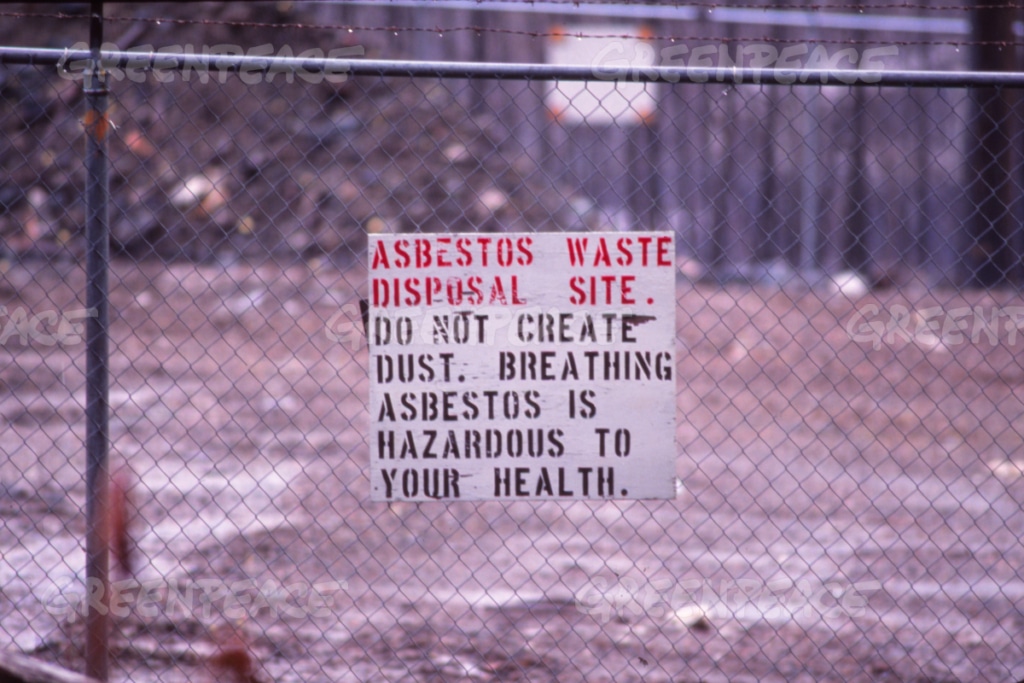House Clearance Horror Stories & How to Avoid Your Own
Having been in the house clearance industry for many years we’ve obviously come across our fair share of sorry tales, …

Disposing of asbestos is a highly regulated process due to the health risks associated with exposure to asbestos fibers. Proper disposal is essential to prevent the release of asbestos fibers into the air, which, when inhaled, can cause serious health conditions like asbestosis, lung cancer, and mesothelioma. Here is a general overview of the process of asbestos disposal:
Due to the dangers of asbestos and the strict regulations surrounding its disposal, individuals should never attempt to dispose of asbestos-containing materials themselves. It’s always advisable to consult with or hire professionals who can safely and legally manage the process.
Having been in the house clearance industry for many years we’ve obviously come across our fair share of sorry tales, …
Worried that you might have been exposed to asbestos? Unsure how to tell if you’ve been affected? It’s a concern …
Finding ways to cut your house removal costs is just one of the things that you can think about to …